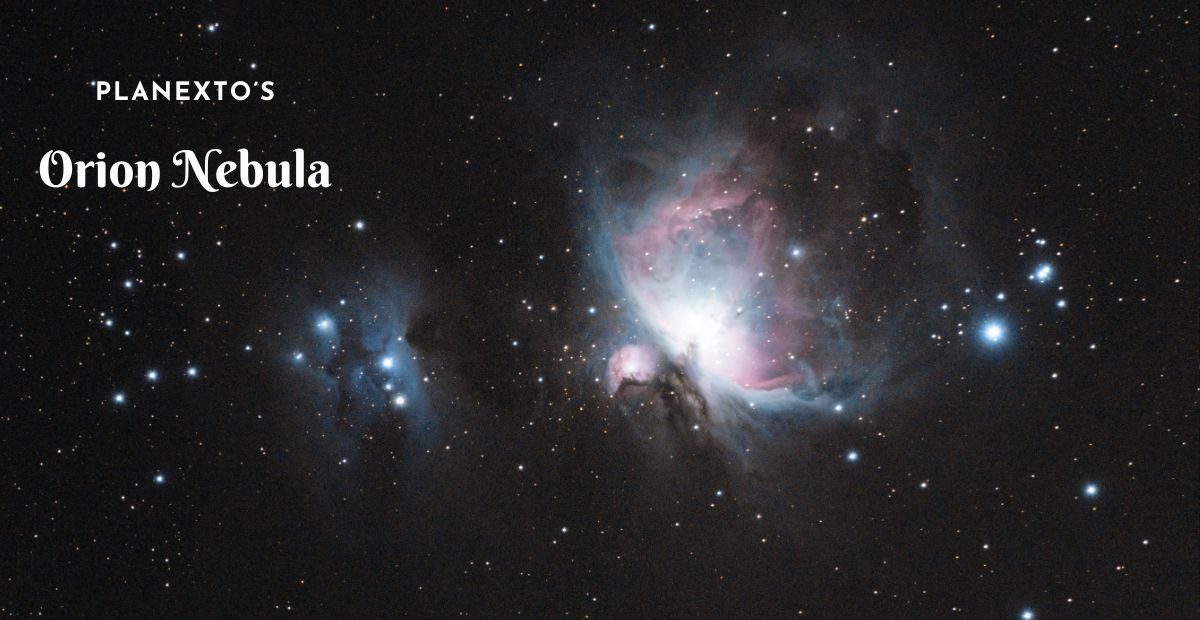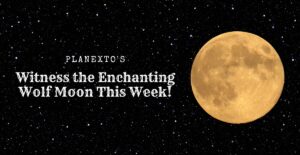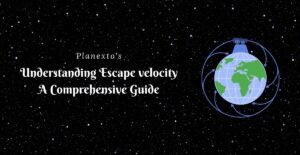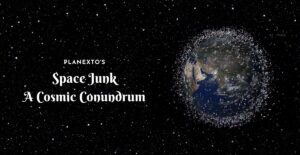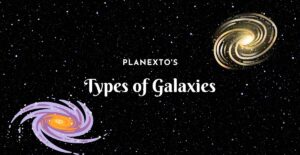Introduction
Inaugurate an interstellar odyssey alongside us as we navigate the awe-inspiring splendor and scientific enigmas concealed within the Orion Nebula. Within the celestial mosaic of the Orion constellation, an astronomical phenomenon has captivated the intrigue of both cosmologists and astral observers across the epochs of existence. Within this exhaustive compendium, we plunge into the convoluted intricacies of the Orion Nebula, providing a discerning viewpoint that transcends the commonplace.
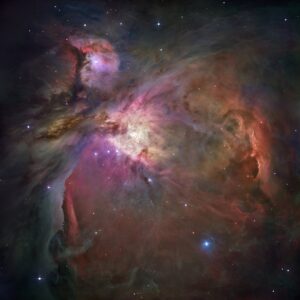
A Celestial Canvas: Overview of the Orion Nebula
What is Orion Nebula?
The Orion Nebula, recognized as Messier 42, stands as a celestial wonder within the Orion constellation. Serving as a stellar nursery, it gives rise to new stars amidst expansive clouds of gas and dust. Astronomers and stargazers are enthralled by the nebula’s vivid tones, predominantly featuring captivating shades of pink and blue.
Formation and Structure
At the heart of the Orion constellation lies the ethereal Orion Nebula, a stellar nursery where new stars are born amidst a kaleidoscope of cosmic gases and dust. Our exploration begins with an understanding of its formation, characterized by immense gravitational forces shaping molecular clouds into the dazzling array of stars we witness today.
Spectral Splendor
Delving into the spectral intricacies, we unveil its vibrant hues, dominated by the mesmerizing glow of ionized hydrogen. The interplay of light and shadow within the nebula paints a celestial masterpiece, captivating astronomers and photographers who seek to capture its elusive beauty.
Stellar Features
Trapezium Cluster
Marvel at the Trapezium Cluster, a stunning assembly of hot, young stars at the core of the Orion Nebula. These luminous giants illuminate their cosmic surroundings, creating a breathtaking spectacle that highlights the dynamic nature of stellar evolution.
Energetic Protoplanetary Disks
Delve into the energetic protoplanetary disks surrounding young stars, where the building blocks of future planets are in the making. These swirling disks of gas and dust hold the key to understanding the origins of our own solar system.
Proplyds – Planetary Birthplaces
Explore the enigmatic proplyds, protoplanetary disks with the potential to birth planets. These cosmic cradles within the Orion Nebula offer a glimpse into the early stages of planetary formation, providing invaluable insights into the mysteries of our universe.
Telescopic Odyssey
Prime Viewing Locations
For avid stargazers seeking an optimal celestial experience, identifying prime viewing locations is paramount. From strategic vantage points on Earth, enthusiasts can witness the Orion Nebula’s magnificence with the naked eye or through telescopic lenses, enhancing the cosmic encounter.
Best Times for Observation
Timing is everything in the realm of astronomy. Discover the opportune moments to observe, considering celestial events, lunar phases, and the seasonal dance of the night sky. Maximize your chances of witnessing this celestial marvel in all its glory.
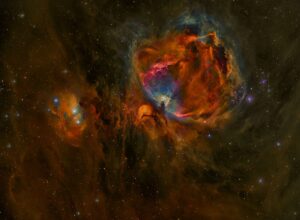
Scientific Marvels: Unraveling the Mysteries
Stellar Birth and Evolution
Our journey takes a scientific turn as we explore the Orion Nebula’s role as a stellar nursery. Peer into the ongoing process of star formation, from the gravitational collapse of molecular clouds to the emergence of protostars, shedding light on the mysteries of our cosmic origins.
Exoplanetary Exploration
Beyond the stellar formations, the Orion Nebula beckons astronomers with the promise of exoplanetary discoveries. Cutting-edge research and telescopic advancements enable scientists to identify and study exoplanets within this celestial region, contributing to our understanding of distant planetary systems.
Astrophotography: Capturing the Essence
Photographic Techniques
In the realm of astrophotography enthusiasts, the endeavor to capture the allure of the Orion Nebula demands a nuanced amalgamation of technical prowess and artistic finesse. Immerse yourself in the intricacies of prolonged exposure photographic techniques, the amalgamation of images, and methodologies in post-capture processing that unveil the nebula’s elaborate intricacies within visually striking photographic compositions.
Equipment Recommendations
Embark on a journey to fortify yourself for a triumphant astrophotographic quest. Our compendium spans from rudimentary telescopic instruments to sophisticated photographic configurations, furnishing tailored recommendations commensurate with diverse proficiency tiers. This ensures that aficionados can perpetuate the resplendence of the Orion Nebula’s astral majesty with an unwavering sense of assurance.
Conclusion
In conclusion, the Orion Nebula stands as a testament to the awe-inspiring beauty and scientific wonders present in our universe. This guide has offered a comprehensive exploration, from the nebula’s formation to practical tips for observation and astrophotography. As we continue to gaze at the night sky, may the mysteries of the Orion Nebula inspire a deeper appreciation for the celestial wonders that grace our cosmic canvas.
FAQs
Q: What makes the Orion Nebula unique?
A: The Orion Nebula stands out for its vibrant colors, dynamic stellar processes, and its role as a stellar nursery, where new stars and planetary systems take shape.
Q: How far is the Orion Nebula from Earth?
A: Located approximately 1,344 light-years away.
Q: Can the Orion Nebula be seen with the naked eye?
A: Yes, it is visible to the naked eye and is a popular target for both amateur and professional astronomers.
Q: Are there exoplanets in the Orion Nebula?
A: The presence of protoplanetary disks suggests the potential for exoplanet formation, but direct observations are ongoing to confirm their existence.
Q: What is the significance of the Trapezium Cluster?
A: The Trapezium Cluster is a cluster of young, hot stars that illuminates the surrounding nebula, serving as a key area for studying star formation.
